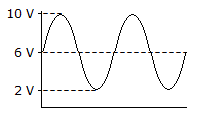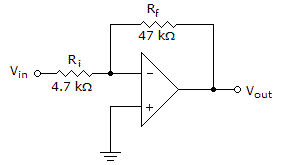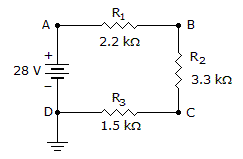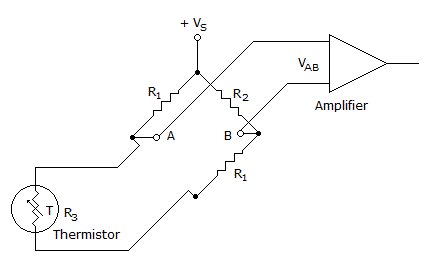Discussion
Home ‣ Electronics ‣ Transistors and Applications See What Others Are Saying!
- Question
A(n) ___ has a conductive channel only when it is biased properly.
Options- A. p-channel JFET
- B. n-channel D-MOSFET
- C. p-channel D-MOSFET
- D. n-channel E-MOSFET
- Correct Answer
- n-channel E-MOSFET
- 1. The output phase for a transformer is:
Options- A. in phase with the input
- B. out of phase with the input
- C. dependent on the direction of the primary and secondary windings
- D. dependent on the frequency of the primary source Discuss
- 2.

The voltage gain is ______ for the amplifier in the given circuit.
Options- A. ?4
- B. ?5
- C. ?6
- D. ?7 Discuss
- 3. What is the phase angle of a 24 Vac parallel RL circuit when R = 45 ohms and XL = 1100 ohms?
Options- A. 0.001 degrees
- B. 2.300 degrees
- C. 87.600 degrees
- D. 89.900 degrees Discuss
- 4.

What does R1 equal in the given circuit?
Options- A. 90 Ω
- B. 180 Ω
- C. 200 Ω
- D. 1.8 kΩ Discuss
- 5. When current in an inductor starts to change, it cannot react instantly due to:
Options- A. fixed coil resistance
- B. eddy current generation
- C. applied emf of the circuit
- D. the counter emf of the coil Discuss
- 6.

What is the peak-to-peak voltage of the waveform in the given circuit?
Options- A. 2 V
- B. 4 V
- C. 6 V
- D. 8 V Discuss
- 7.

The input impedance is ______ for the amplifier in the given circuit. The data sheet values are Zin = 3 MΩ, Zout = 80 Ω, and Aol = 250,000.
Options- A. 4.7 kΩ
- B. 22.7 kΩ
- C. 3 MΩ
- D. 68.6 kΩ Discuss
- 8.

If R2 opens in the given circuit, what is the voltage at point B?
Options- A. +19.2 V
- B. +8.8 V
- C. +28 V
- D. ?19.2 V Discuss
- 9. ________ is an example of read/write memory.
Options- A. PROM
- B. EEPROM
- C. RAM
- D. MROM Discuss
- 10.

If the Wheatstone bridge is balanced in the given circuit, the voltage between points A and B (VAB) equals the source voltage (VS).
Options- A. True
- B. False Discuss
More questions
Correct Answer: dependent on the direction of the primary and secondary windings
Correct Answer: ?6
Correct Answer: 2.300 degrees
Correct Answer: 180 Ω
Correct Answer: the counter emf of the coil
Correct Answer: 8 V
Correct Answer: 4.7 kΩ
Correct Answer: +28 V
Correct Answer: RAM
Correct Answer: False
Comments
There are no comments.More in Electronics:
Programming
Copyright ©CuriousTab. All rights reserved.
